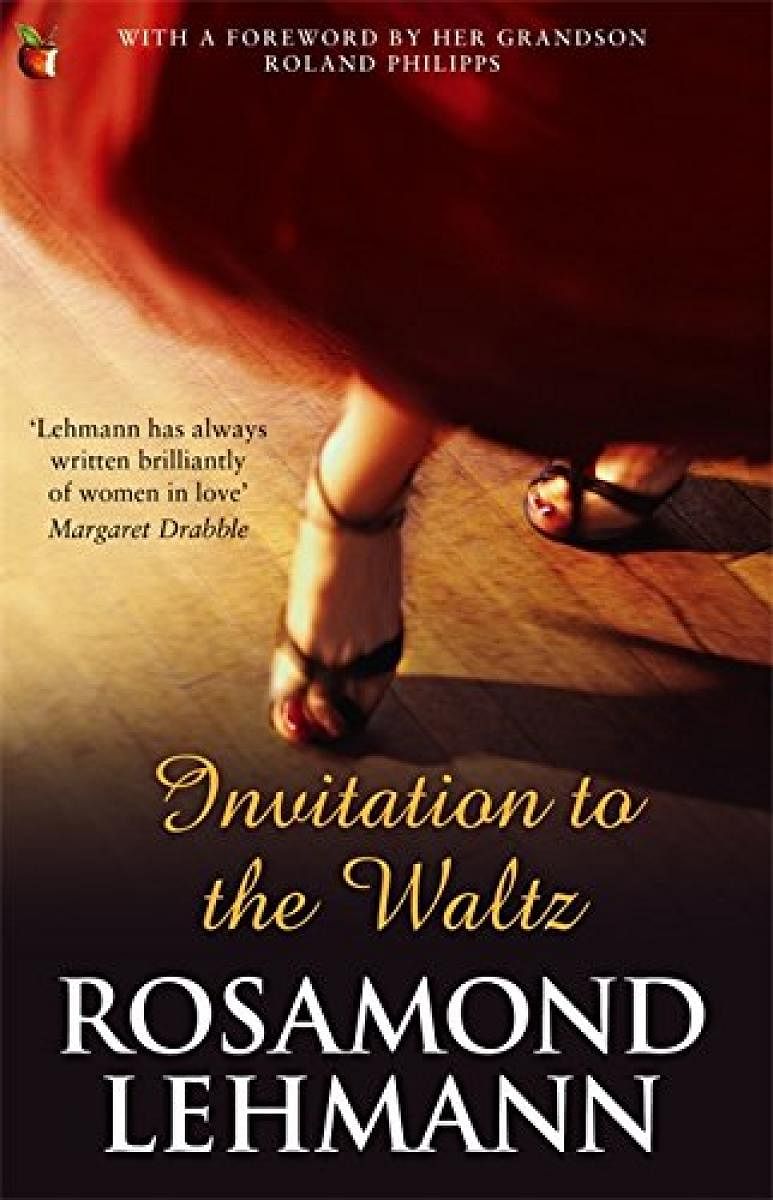
We tend to forget what it was like to be on the verge of adulthood as we grow older and somewhat more sure of where we fit in the world. One should be thankful that the cringy awkwardness of the choices that we made in that period fades from our memory with time. And if one needed reminding, we could always turn to works like Rosamond Lehmann’s Invitation to the Waltz and marvel anew at how so many of us don’t die of mortification from the errors of judgment and character we commit during various rites of passage. Very rare are the creatures who are confident enough to adult without anxiety or stress.
Olivia Curtis, around who Lehmann builds her acutely observed novel, is preparing to go to her first dance at the local grandee’s house in her small village in 1920. She’s got a rather ill-fitting new dress and her escort is the curate who’s not a suave or particularly attractive choice for the dance. Her sister Kate is more at ease in this world.
The whole novel takes place over a few days, starting with Olivia’s 17th birthday and culminating with the evening of the ball. Here, Lehmann places us with Olivia as she wanders through the large rooms and has excruciating interactions with people who barely pay attention to her. Such is our emotional investment in Olivia that we feel every humiliating misstep, every wrong note in a conversation that she endures through this seemingly endless night.
But this is what the adult world seems like for a vast number of people standing on its threshold. The subtext in dialogues telegraphs power shifts between generations in a family and genders while also hinting at darker impulses among the men who are confronted with the innocence and experience of a young woman like Olivia. There is also on the edges of the story a creepy uncle, Oswald, who stays with Olivia and her family. Her household is a relatively prosperous one in early 20th century rural England but definitely not upper class. Societal expectations weigh heavily on Olivia who is hyper-aware of her lack of grace compared to her sister.
There is a rich vein of social comedy that Lehmann mines through Olivia’s experiences in the run-up to and through the actual evening of the ball. When a wannabe writer is offered to Olivia as a possible dance partner — “…you two will find a great deal to talk about” the evening’s hostess says encouragingly — "it’s very much like watching a slow-motion train wreck." Peter Jenkin, the writer, is even more awkward than Olivia and seething with resentment about the class differences between his family and the hosts. As Jenkin passes acidic commentary on the attendees, on the intellectual deficiencies of his inferiors, and tries to boast about his own work, Lehmann’s writing that puts you right inside Olivia’s mind, is unparalleled.
Invitation to the Waltz was one of Lehmann’s early novels, published in 1932. She continued Olivia’s story in a sequel, The Weather in the Streets, that generated controversy in 1936 with its frank discussion of illicit love affairs and an abortion. Both these books and her other works explored the geography of human emotions with great humour and compassion. When she passed away in 1990, Lehmann had left behind a body of work that is timeless and without equal in mapping the psyche of women coming of age in a rapidly changing world. We could all be Olivia even if we aren’t going to a ball anytime soon. To spend time in the company of this young woman from another century is to be reminded how the more things change, the more they remain the same.
The author is a writer and communications professional. When she’s not reading, writing or watching cat videos, she can be found on Instagram @saudha_k where she posts about reading, writing, and cats.
That One Book is a fortnightly column that does exactly what it says — takes up one great classic and tells you why it is (still) great. Come, raid the bookshelves with us.